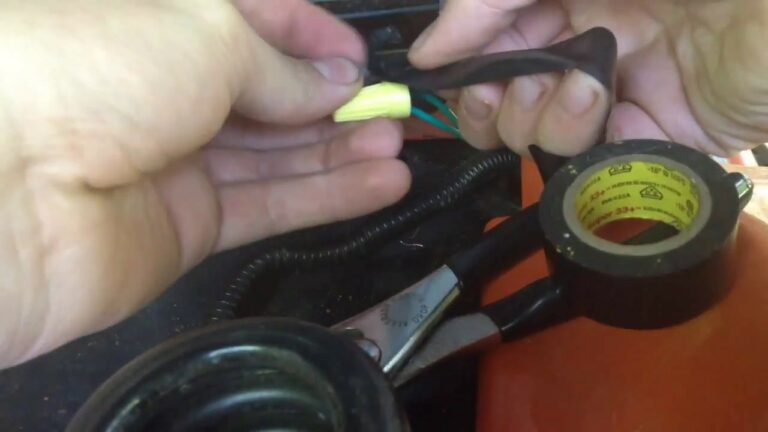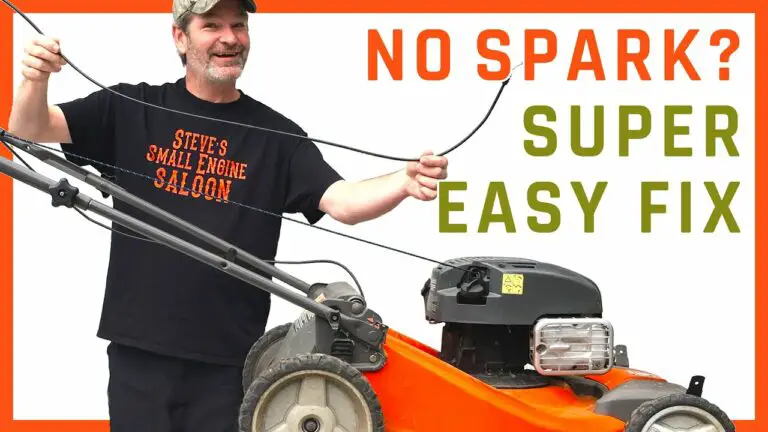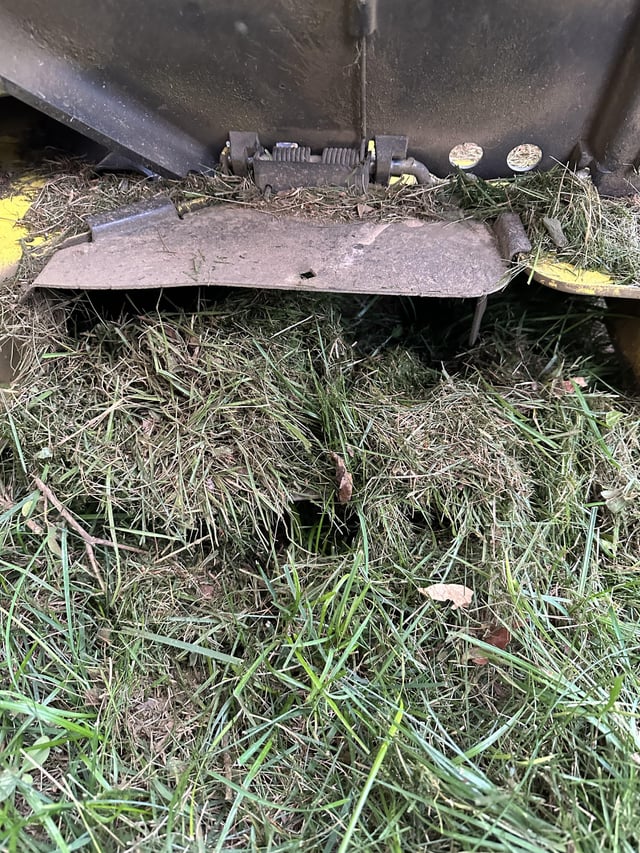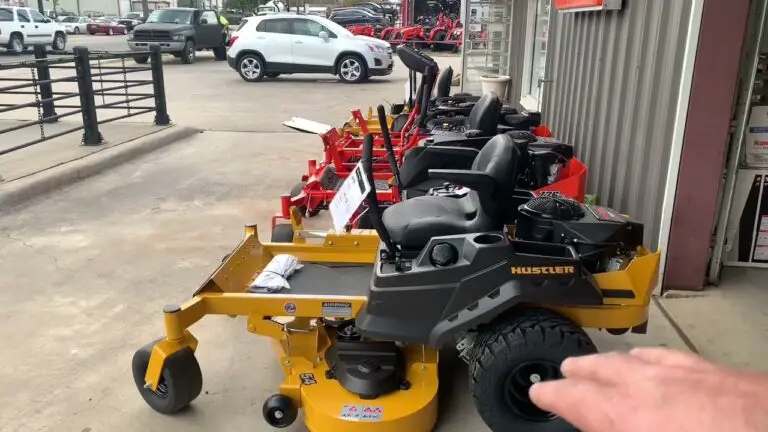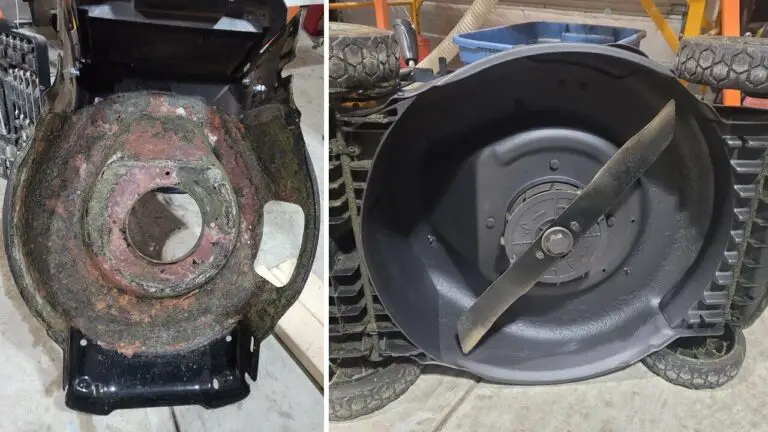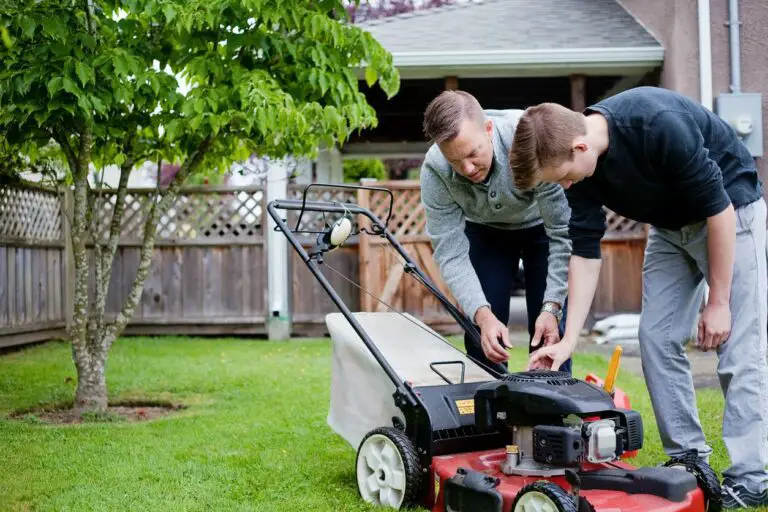If your zero turn mower blades won’t disengage, check for a stretched or loose belt causing slipping or falling off. Also, ensure there is no grass or debris packed under the deck.
This can push off your belt, preventing disengagement. Dealing with a zero turn mower that won’t disengage its blades can be frustrating. When the blades won’t stop turning, it can hinder your mowing efforts and potentially cause damage to the mower.
Understanding the common causes and potential solutions to this issue is essential for effectively troubleshooting and resolving the problem. In this guide, we’ll explore some of the typical reasons why zero turn mower blades won’t disengage and suggest steps to rectify the issue. Additionally, we’ll provide expert tips on maintaining and preventing the recurrence of this problem in the future.
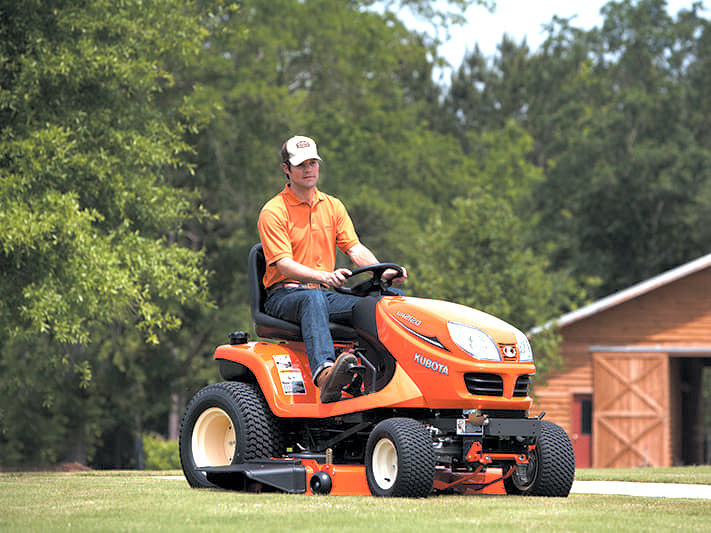
Credit: nelsontractorco.com
Common Issues And Solutions
When it comes to zero turn mower blades not disengaging, there are several common issues that may arise. However, with the right solutions, you can quickly get your mower back on track. Let’s take a closer look at some of these common issues and how to fix them:
Blade Engagement Bracket
The blade engagement bracket is a vital component that can sometimes be the cause of the issue. If this bracket wears out or becomes damaged, it can prevent the blades from disengaging properly. Here’s how you can fix this problem:
- First, locate the model number of your mower.
- Next, find the corresponding part number for the blade engagement plate.
- Using the necessary tools, remove the spring and compare the old bracket with a new one.
- If the old bracket is worn out, replace it with the new one.
- Remove the pulley and carriage bolt before installing the new bracket.
- Finally, reassemble the mower and test the blades to ensure they disengage properly.
Craftsman Mower Deck Fix
If you own a Craftsman mower and are experiencing issues with the deck not disengaging, there is a solution available. Here’s what you can do:
- Identify the problem with the blade engagement.
- Check the blade tension according to the manual and adjust if necessary.
- If adjusting the blade tension doesn’t provide enough slack in the drive belt, replace it with the correct Original Equipment Belt.
- Once the belt is replaced, test the mower to ensure that the blades disengage properly.
Blade Tension And Belt Adjustment
Another common issue that can prevent the blades from disengaging is incorrect blade tension or belt adjustment. Here’s how you can solve this problem:
- Check the tension of the blade belt and adjust it if necessary.
- If the belt is stretched or loose, it may be slipping or falling off completely.
- In this case, replace the belt with a new one that is the correct size and tension.
- It’s also important to clear any debris, such as grass or leaves, that may be packed under the mower deck and causing belt issues.
- Once the belt is adjusted or replaced and any debris is cleared, test the mower to ensure that the blades disengage properly.
By addressing these common issues and following the appropriate solutions, you can easily fix the problem of zero turn mower blades not disengaging. Remember to always consult your mower’s manual for specific instructions and safety guidelines.

Credit: www.youtube.com
Troubleshooting Tips
When it comes to zero turn mower maintenance, one of the common issues faced by users is the blades not disengaging or engaging as expected. This can lead to frustration and hindrance in mowing tasks. To help you efficiently resolve these problems, let’s dive into some useful troubleshooting tips that can assist in identifying and fixing the issues related to zero turn mower blades.
Loosening Stuck Lawn Mower Blades
One of the frequent issues encountered by zero turn mower users is the blades getting stuck and refusing to disengage. This can be due to various factors such as debris buildup, worn-out components, or improper adjustment. To address this, follow these steps:
- Detach the spark plug wire to ensure safety.
- Visually inspect the blade engagement bracket for any signs of wear and tear.
- Use appropriate tools to remove the spring and analyze the condition of the bracket.
- Assess the tension of the blade belt as per the manual and make necessary adjustments.
- If the blade belt tension adjustment is insufficient, consider replacing it with the correct Original Equipment Belt.
- Check for any debris buildup under the deck that may be hampering the belt’s functionality.
Why Blades Won’t Engage
It can be frustrating when your zero turn mower blades refuse to engage, leading to interruptions in your mowing tasks. The following factors could contribute to this issue:
- Belt Tension: The most common cause for blades not engaging is a stretched or loose belt, causing it to slip or fall off completely. Ensure the belt is properly tensioned and not worn out or snapped.
- Debris Buildup: Processing excessive grass or leaves might result in them packing up under the deck, pushing off the belt and preventing the blades from engaging.
Engine Stalling When Blades Engage
If your zero turn mower’s engine stalls every time you engage the blades, it could be attributed to a damaged safety switch. These steps are crucial in assessing and addressing this issue:
- Inspect the safety switch to determine if it has been damaged or needs replacement.
- Check for any loose or damaged connections related to the safety switch that may be causing the stalling issue.
- Refer to the equipment manual for guidelines on troubleshooting the safety switch component.
Checking For Proper Installation
When your zero turn mower blades won’t disengage, checking for proper installation is crucial to ensure the smooth functioning of the mower. Proper installation of the deck and associated components is essential to maintain the disengagement of the mower blades. Let’s delve into the subcategories to understand the importance of checking for proper installation.
Deck Drive Belt Verification
If your zero turn mower blades won’t disengage, verifying the deck drive belt is essential. A worn-out or improperly installed deck drive belt can lead to the malfunction of the disengagement mechanism. Ensure the belt is of the correct size and type as specified by the manufacturer. Additionally, proper tension and alignment are paramount for the efficient operation of the mower blades.
Insufficient Tension In Return Spring
Insufficient tension in the return spring can cause the zero turn mower blades to not disengage. This may result from improper installation or wear and tear of the return spring over time. Regular inspection of the return spring and adjustment of tension as per the manufacturer’s specifications are necessary to ensure proper disengagement of the blades.
Specific Equipment Problems
Experiencing issues with zero turn mower blades not disengaging? Ensure belt tension is correct and check for debris build-up causing belt slippage. Safety switch integrity should also be verified if the engine shuts off when blades engage. Addressing these factors can help resolve the problem efficiently.
Specific Equipment ProblemsClutch Failure
If you find that your zero turn mower blades won’t disengage, one possible specific equipment problem could be clutch failure. The clutch is responsible for engaging and disengaging the blades, allowing them to spin or come to a halt when necessary.
There are a few reasons why the clutch might fail. One possibility is that the clutch itself is damaged or worn out due to regular use. In some cases, the clutch might become stuck in the engaged position, preventing the blades from disengaging.
To diagnose and address clutch failure, follow these steps:
- Check the clutch for any visible signs of damage or wear. If you notice any issues, such as fraying or cracks, it’s likely that the clutch needs to be replaced.
- Ensure that the clutch is properly connected and securely fastened. Loose connections can cause the clutch to malfunction.
- If the clutch is stuck in the engaged position, you may need to apply lubrication to free it. Use a suitable lubricant and follow the manufacturer’s instructions for application.
- If the clutch fails to disengage even after trying these steps, it’s best to consult a professional for further assistance. They will have the expertise to diagnose and repair the clutch failure effectively.
Seized Bearing
Another specific equipment problem that can cause zero turn mower blades to not disengage is a seized bearing. Bearings are responsible for allowing the blades to rotate smoothly. However, over time, dirt, debris, or lack of lubrication can cause the bearing to become seized, preventing free movement.
Here’s how you can address a seized bearing:
- Inspect the bearings for any signs of damage, such as rust or corrosion. If the bearings appear worn out or damaged, they will need to be replaced.
- If the bearings are not damaged but still seized, try applying a penetrating oil to loosen them. Allow the oil to penetrate for a few hours, then attempt to rotate the blades manually.
- If the bearing remains seized despite the oil treatment, it’s best to seek professional help. They will have the necessary tools and expertise to remove and replace the seized bearing effectively.
Addressing specific equipment problems, such as clutch failure or seized bearings, is crucial for ensuring that your zero turn mower blades can engage and disengage properly. By following the steps outlined above, you can troubleshoot and resolve these issues, allowing your mower to operate efficiently.
Preventive Maintenance And Inspection
Regular preventive maintenance and inspection are crucial for ensuring the smooth operation of your zero-turn mower’s blades. By conducting routine checks and maintenance tasks, you can prevent potential issues such as blades not disengaging, which can impact the performance of your mower.
Examining Mechanism Attachments
Inspecting the mechanism attachments of your zero-turn mower is essential to prevent blade disengagement problems. Make sure to examine the engagement bracket, blade tension, and belt adjustment regularly to ensure proper functionality.
Inspecting For Damaged Parts
Another key aspect of preventive maintenance is inspecting for damaged parts. Check for any signs of wear or tear on the blade engagement plate, pulley, and carriage bolt. Replace any worn-out components promptly to avoid issues with blade disengagement.
Credit: www.reddit.com
Frequently Asked Questions On Zero Turn Mower Blades Wont Disengage
Why Won’t My Murray Riding Mower Blades Disengage?
If your Murray riding mower blades won’t disengage, check the blade tension and adjust if necessary. If the blade belt adjustment doesn’t provide enough slack in the drive belt, replace it with the correct Original Equipment Belt.
How Do You Loosen A Stuck Lawn Mower Blade?
To loosen a stuck lawn mower blade, use a wrench to remove the bolt, apply penetrating oil, and tap the blade gently.
Why Wont My Zero Turn Blades Engage?
For zero turn blade engagement issues, a stretched or loose belt might be the cause. Inspect for grass/leaves buildup as it can push off the belt. Also, ensure the deck drive belt is correctly installed. Faulty safety switches may also lead to blade disengagement problems.
Conclusion
If you’re experiencing issues with your zero turn mower blades not disengaging, there are a few potential causes to consider. One common culprit is a faulty blade belt that is either stretched, loose, or worn out. Another possibility is a damaged safety switch, which can cause the engine to shut off when the blades engage.
It’s important to verify that the proper deck drive belt is installed and that aftermarket belts are not being used. By addressing these issues, you can resolve the problem and ensure smooth operation of your zero turn mower.


